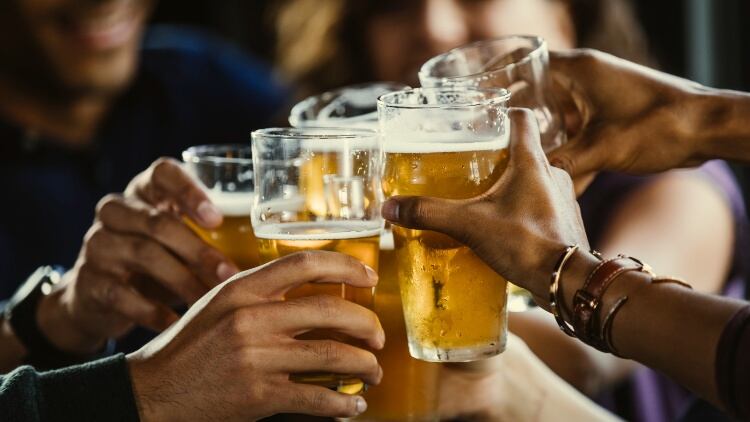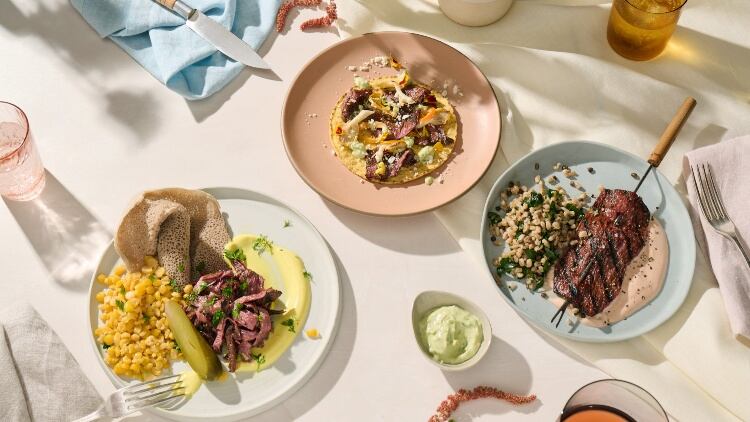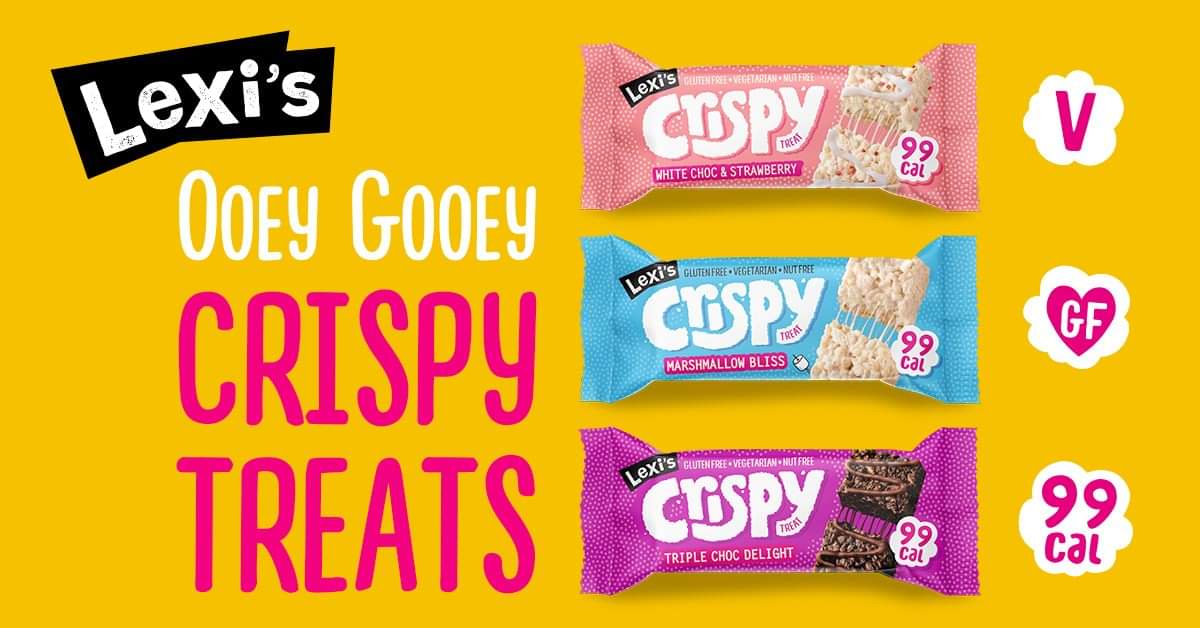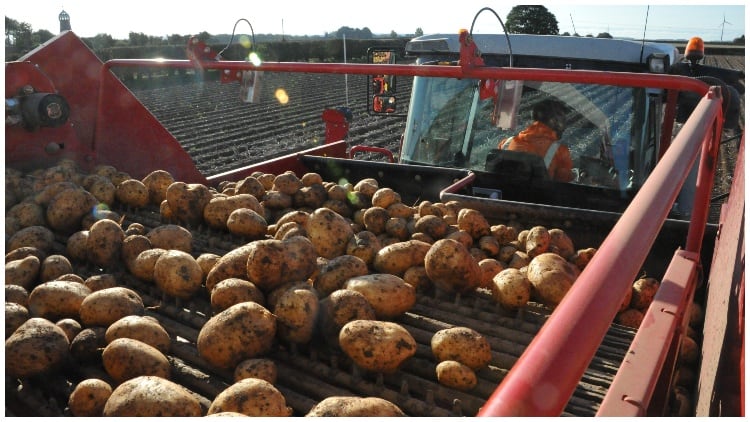On 1 August 2023, the Government officially introduced a spate of changes to the way alcohol is taxed in the UK.
While the price of wine and spirits is likely to rise, the impact duty changes may have on beer is slightly more complex.
Packaged beer with alcohol by volume (ABV) at 3.5% or above faced a duty rise of £1.93 per litre of pure alcohol, taking the total amount of tax owed per litre to £21.01. Meanwhile, draught beer at 3.5% or above is still taxed at the previous duty rate of £19.08 per litre.
However, brewers of beer below 3.5% ABV have enjoyed a reduction in duty. Packaged beer at this level is now taxed at £9.27 per litre, an almost £10 decrease, while draught beer incurs a duty of £8.42 per litre.
This large disparity in tax rates has already prompted Carlsberg to announce a recipe change for its Danish Pilsner sold in the UK, with the brewer confirming an ABV reduction from 3.8% to 3.4%. This translates to a saving of 21p in tax per 440ml can.
Whether other brands will follow suit remains to be seen, but the temptation must certainly be there, given the potential tax savings and the fact that many popular beers currently sit in the 3.5% to 4% ABV range.
A new beer category?
To break down these changes further and predict what they might mean for the UK beer industry, Food Manufacture spoke to the founder of Infinite Session, Chris Hannaway.
Stocked by Sainsbury’s supermarkets in the UK, Infinite Session specialises in non-alcoholic beer (0% to 0.5% ABV), but Hannaway is due to a launch sister brand named Brisk in the near future.
Brisk, set to go on sale at 3.3%, is a beer designed for the potential emerging market created by the new duty changes.
“Our aim with Brisk is to create a quality beer that is produced without cutting corners,” Hannaway said.
“We hope to be at the start of a growing trend towards mid-strength beer (2.8% to 3.5%), much like we were over the last six years showing people that non-alcoholic beers can taste good with Infinite Session.”
From Hannaway’s vantage point, the decision by Carlsberg to change the formulation of its Danish Pilsner is a sign of things to come, as the big beer brands look for ways to tackle rising costs.
“I think the duty change will help accelerate growth in this area of the market,” he said.
“The industry has been put on alert and everyone will be monitoring how the landscape changes. Beer brands throughout the UK will be watching Carlsberg and how this move works.”
The decision by Carlsberg was also welcomed by charity Drinkaware, with chief executive Karen Tyrell describing the reformulation as a step towards the “shared goal of reducing alcohol harm”.
Consumer behaviour is changing
Hannaway agreed that policy change could bring with it public health benefits and also noted that a larger low ABV beer market could play into a societal trend towards moderation.
“We know that increasingly people want to enjoy a beer, but one that contains fewer calories and less alcohol than many of the traditional options,” he explained.
“According to YouGov, 80% of people that consume non-alcoholic beer in the UK are also regular beer drinkers. Maybe the changes cause the average amount of units consumed on a national basis to fall in the same way that the sugar tax has impacted sugar consumption…?”
According to data collected by beer market specialists Plato Logic, mid-strength beer holds just a 0.8% market share in the UK. Compare that to Sweden and Australia, where the category boasts a 24.9% and 27.4% market share respectively, and the potential is not hard to envision.
“In the UK, 25% of the beer market would be worth £5bn,” Hannaway said.
“At the moment the mid-strength category is not worth much at all, but if those big brands start to make the move, I believe things will change quickly.”
In both Sweden and Australia, the popularity of lower ABV beers can, in part, be attributed to the presence of duty bands similar to those just introduced in the UK, while access to stronger beer is tightly restricted.
At this stage, the UK is a long way off emulating either of these examples, but research suggests that consumer habits are already shifting.
According to analysis by Circana, regular beer sales were down 6% during the 12-month period to May 2023, while no and low alcohol alternatives saw a 6% uptick in the same timeframe.
This was corroborated by Tesco data, which showed that sales of low alcohol beer were 25% higher in the first three weeks of June than they were in the first three weeks of ‘dry January’.
“This rise in popularity is in large part down to the entrance of big brands into the space, as well as regional craft breweries and start-ups that specialise in non-alcoholic beer,” Hannaway proposed.
“However, I think the non-alcoholic beer market will continue to evolve from the position now where a lot of the power sits with the bigger brands. It will be interesting to see how that changes.”
In addition to the potential impact of the duty reforms, Hannaway expects to see changes to how beer brands are able to advertise alcohol-free alternatives.
“Many big brands have used 0% products as a way to advertise in countries that do not allow alcoholic advertising,” he said.
“It was seen with Guinness 0% adverts during the Six Nations rugby and with Heineken 0.0% in Formula 1. There could be changes on the horizon where non-alcoholic products need to be totally divorced from the master brand as is the case in Norway.”
Whether or not such restrictions are on the horizon, the alcohol duty reforms look set to impact the beer industry in the UK. Consumer preferences are changing at the same time that brewers are being incentivised to cut ABV levels with significant tax savings. All the while, beer brands and other alcohol providers will be taking note of how things develop.





